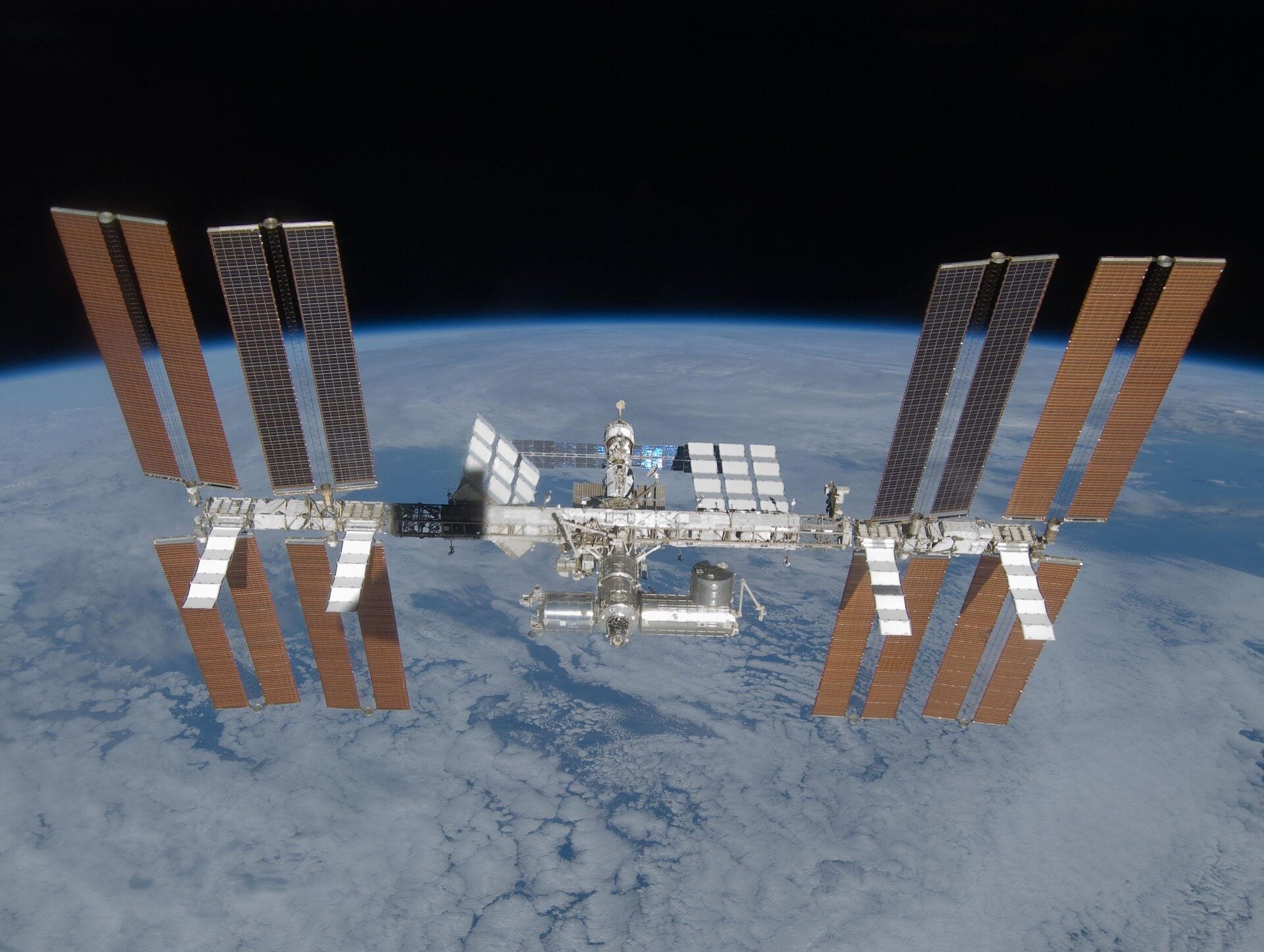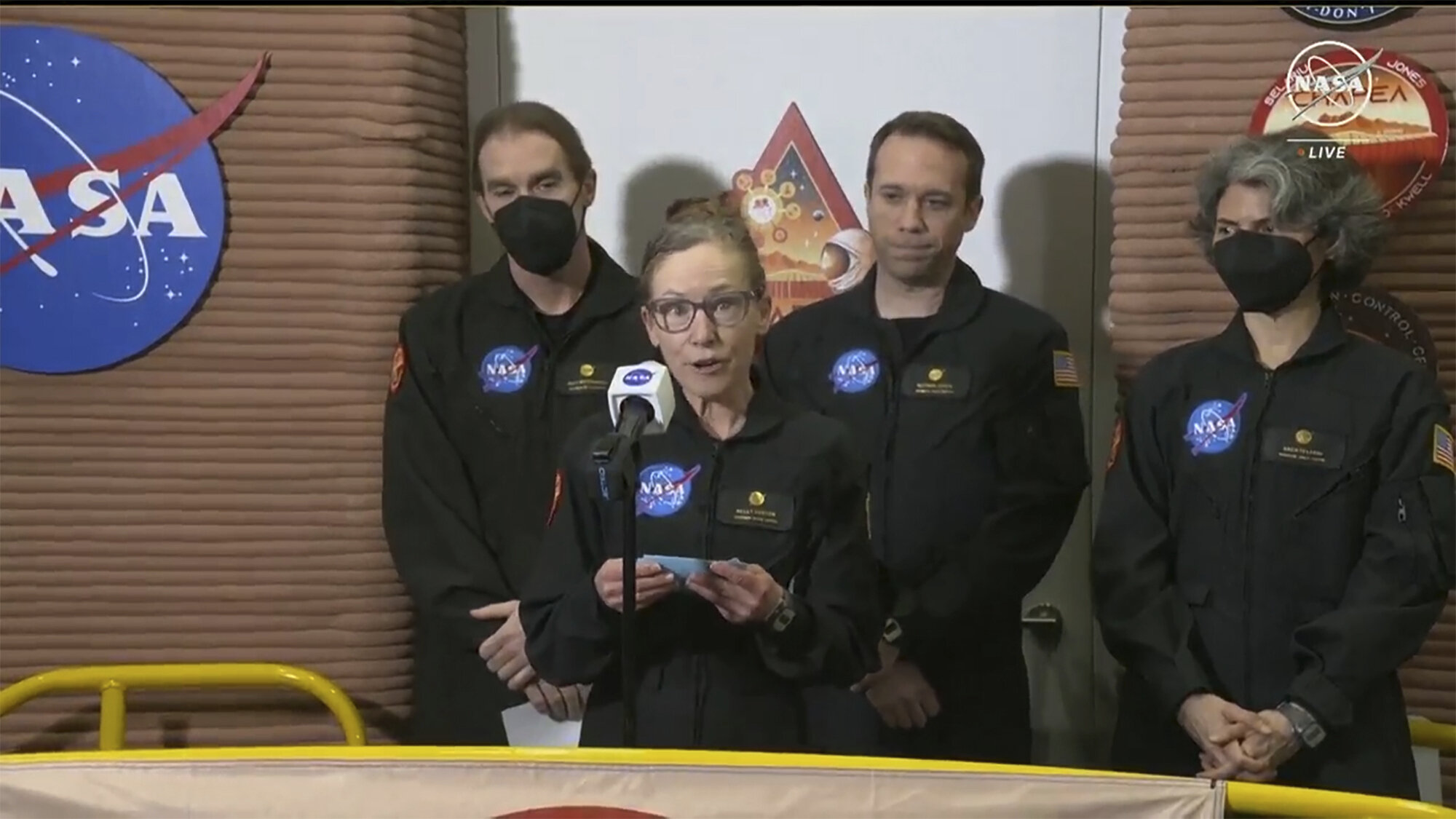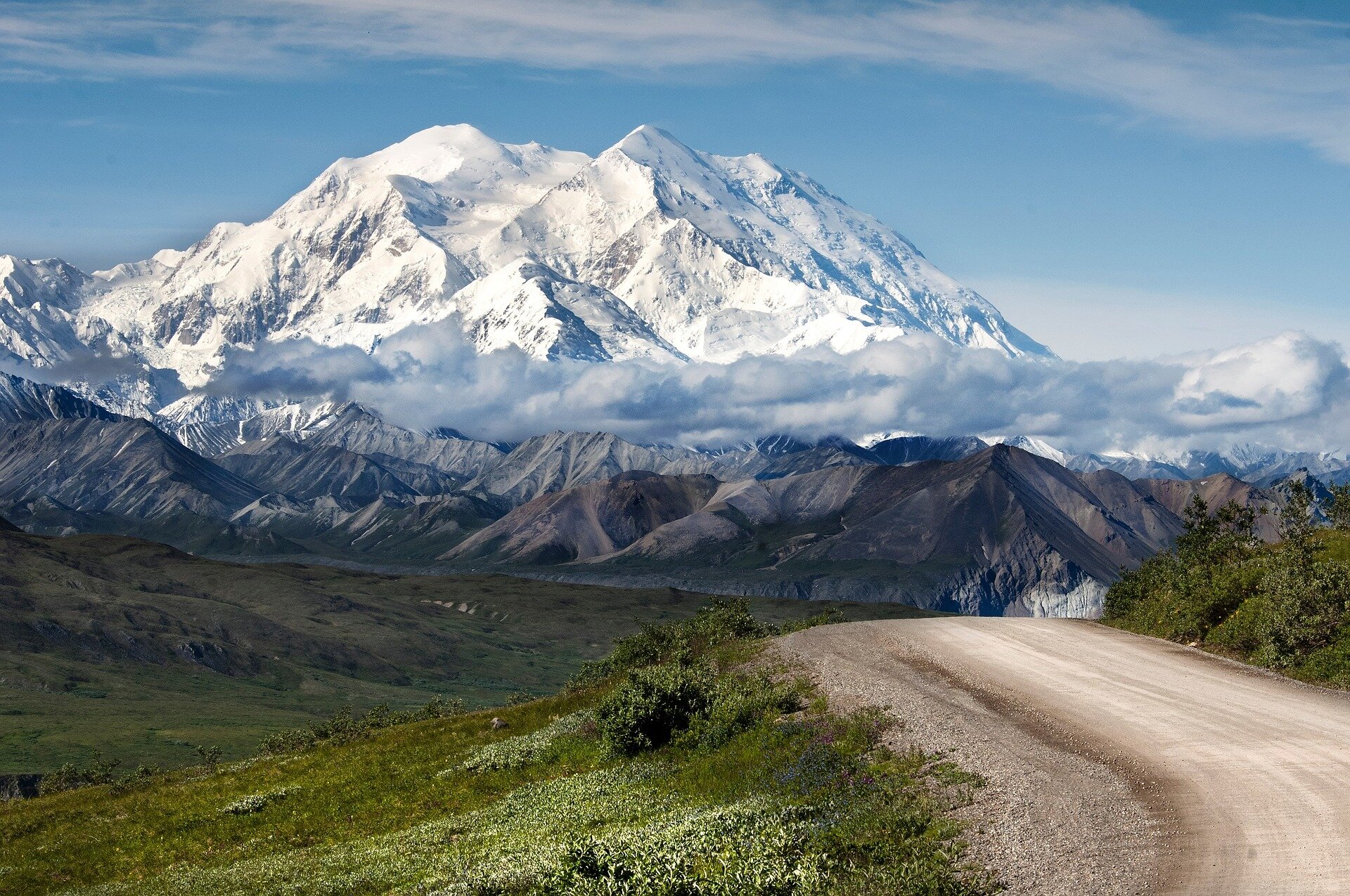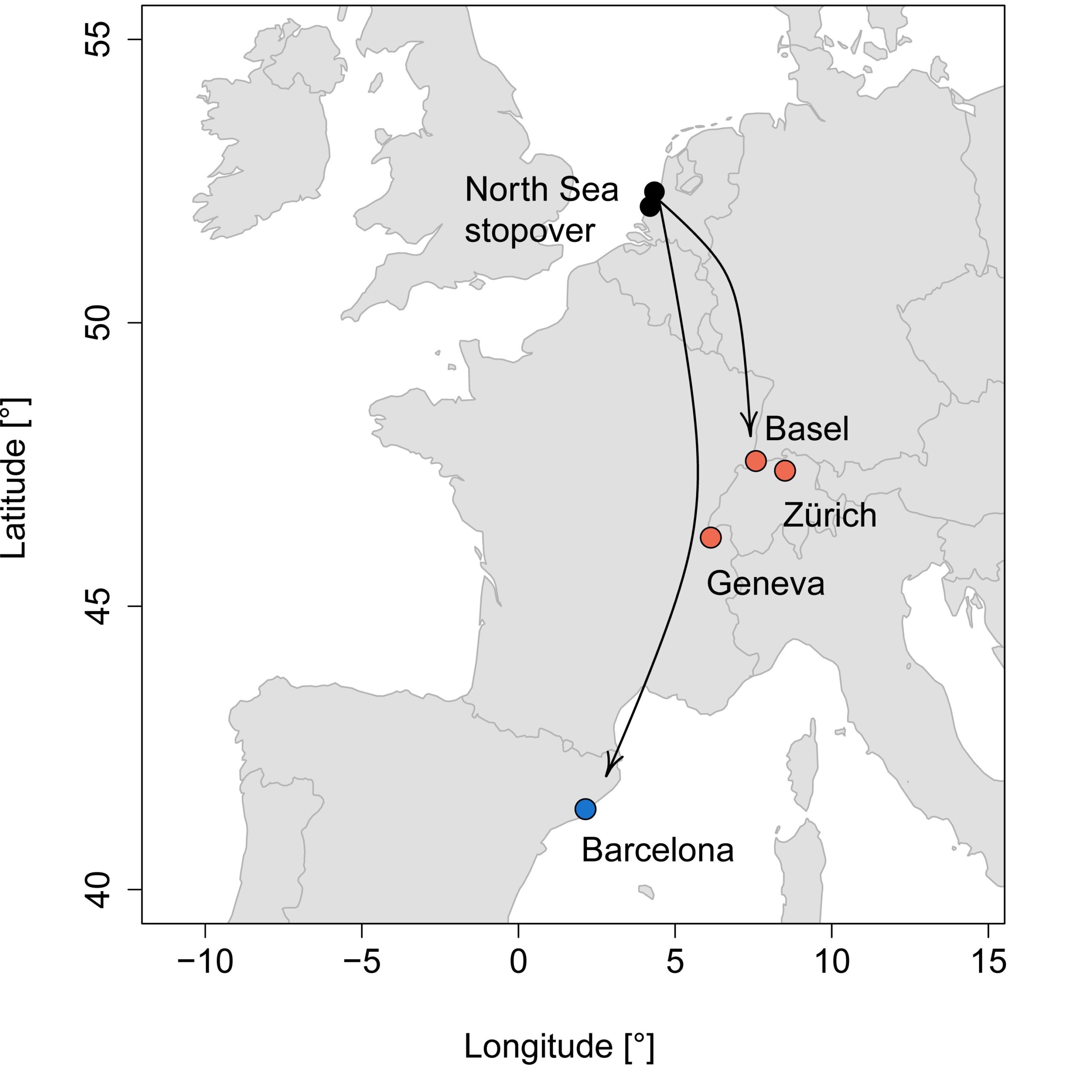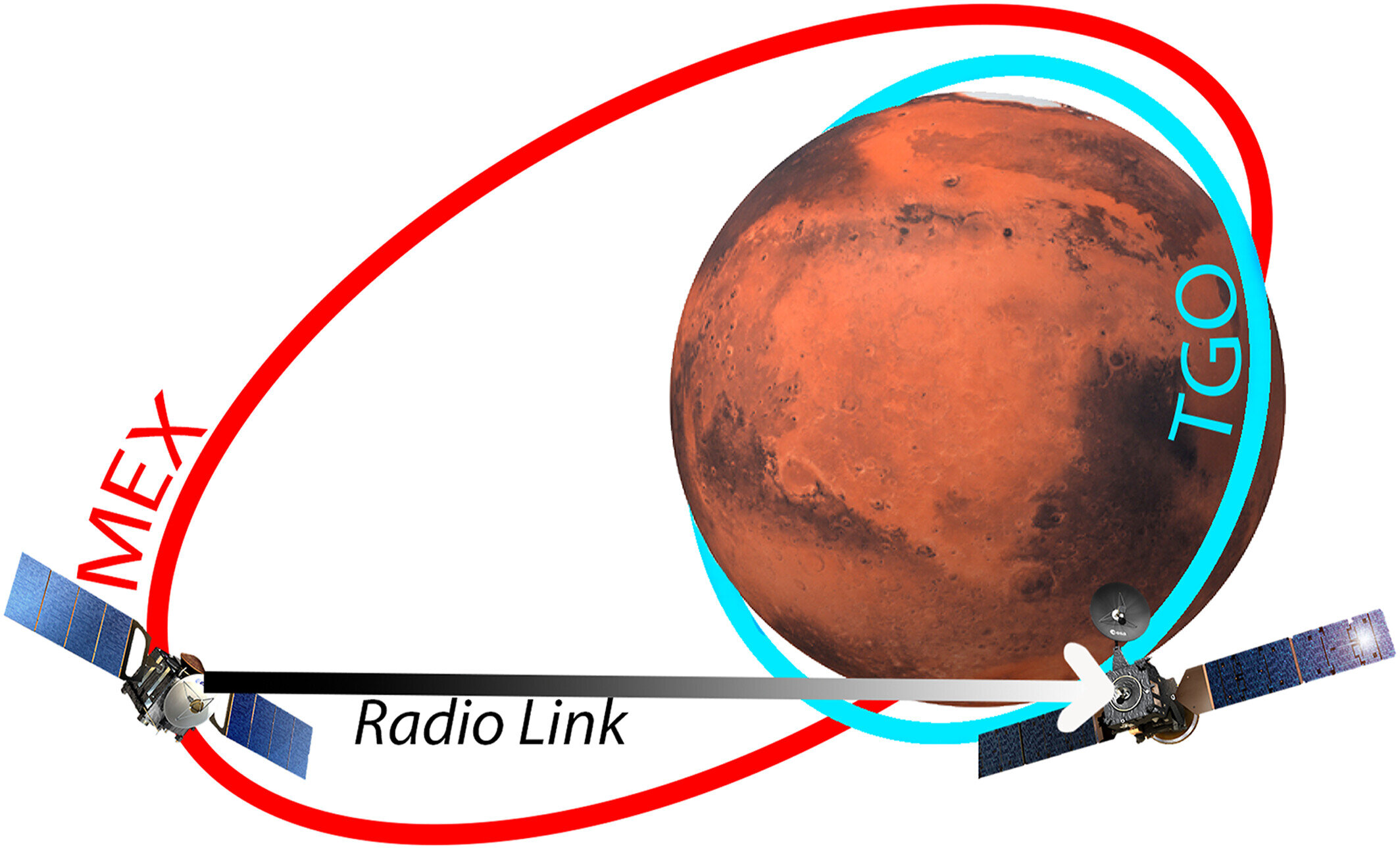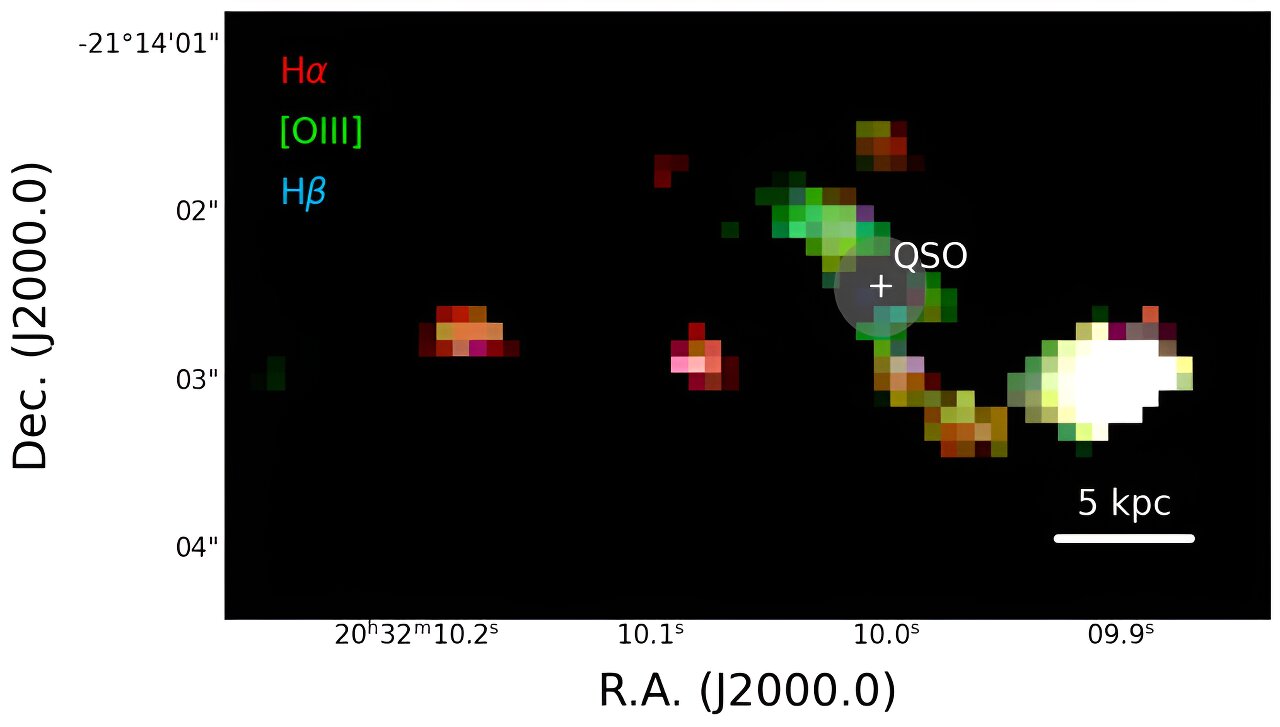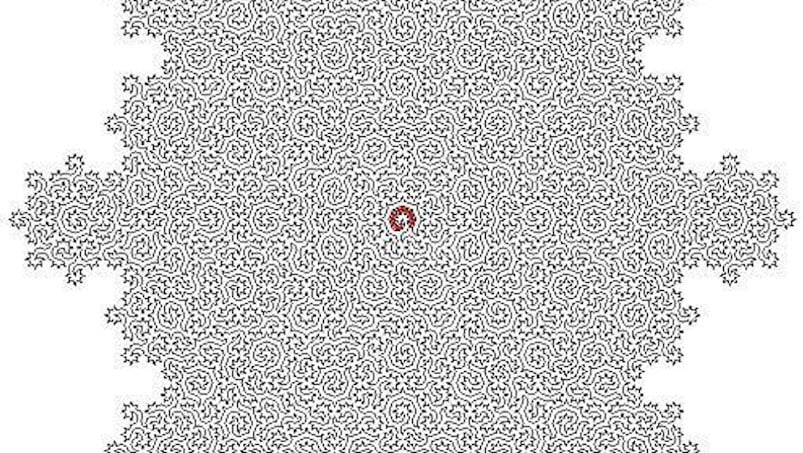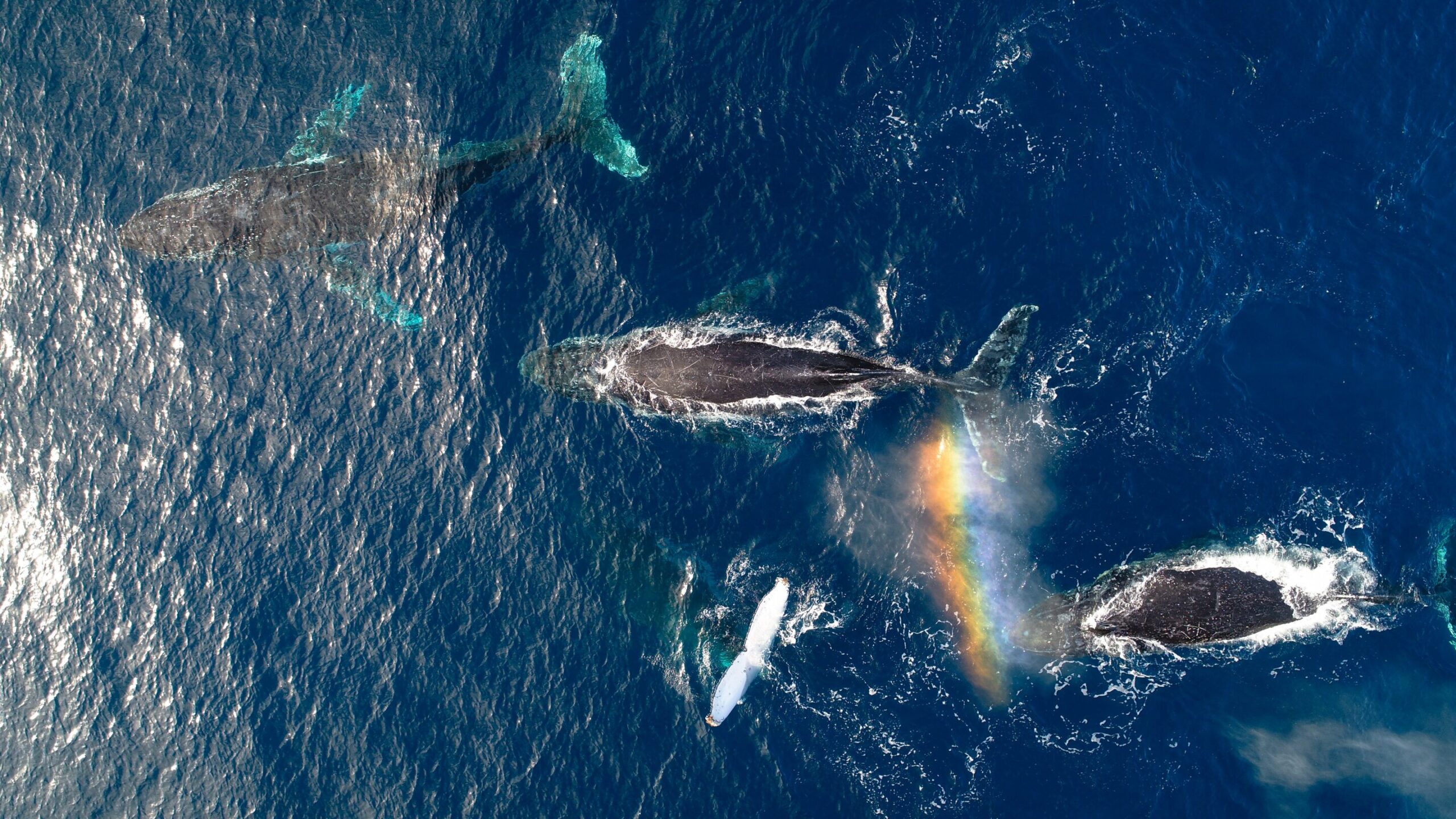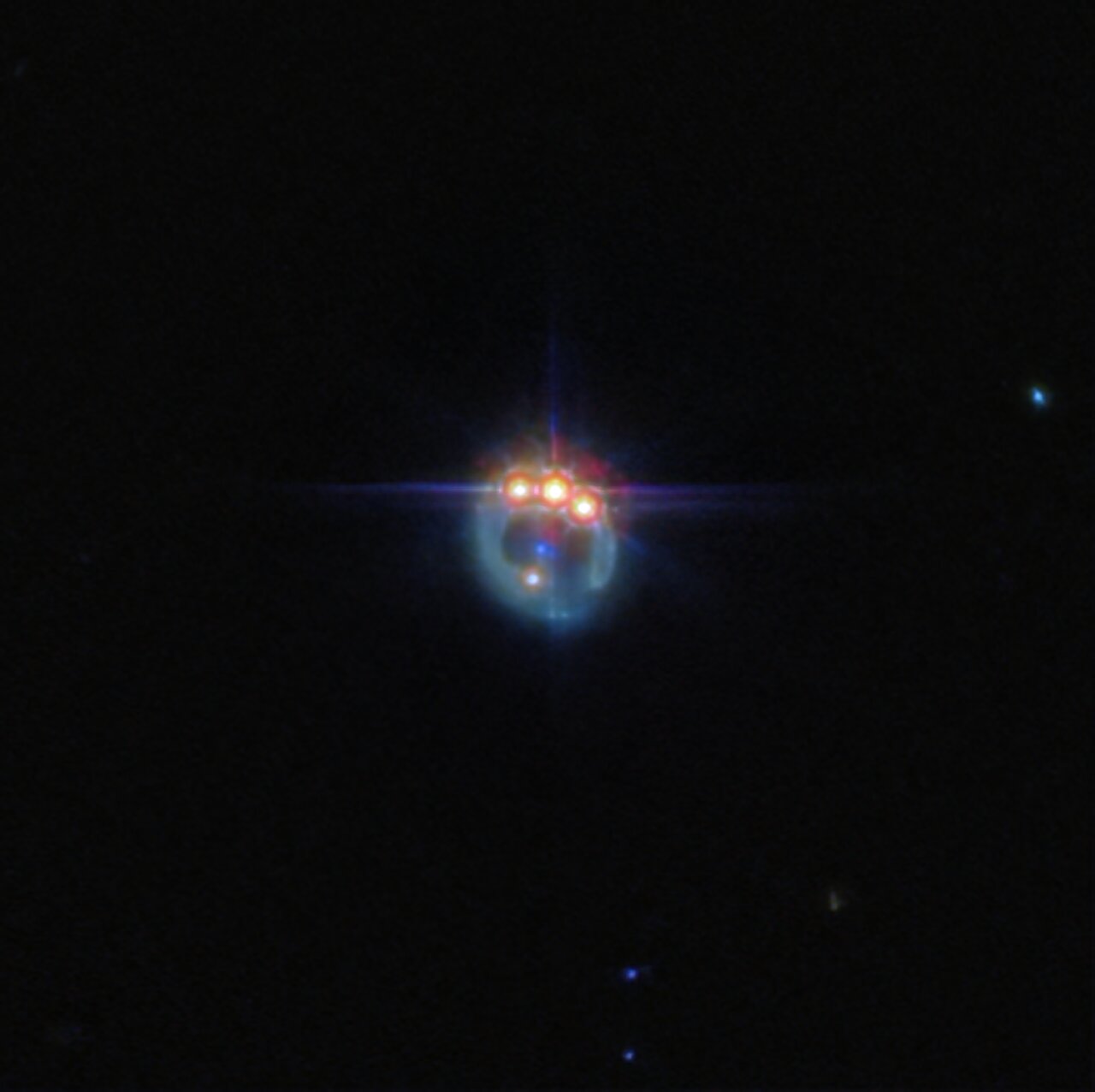NASA astronauts unexpectedly spend July 4 at the International Space Station
Source: Pixabay/CC0 Public Domain Astronauts Suni Williams and Butch Wilmore spent an unexpected Fourth of July aboard the International Space Station, but it was hardly a patriotic display of technical prowess. The two NASA astronauts arrived at the space station on June 6 for what was supposed to be an eight-day mission. But their return … Read more
